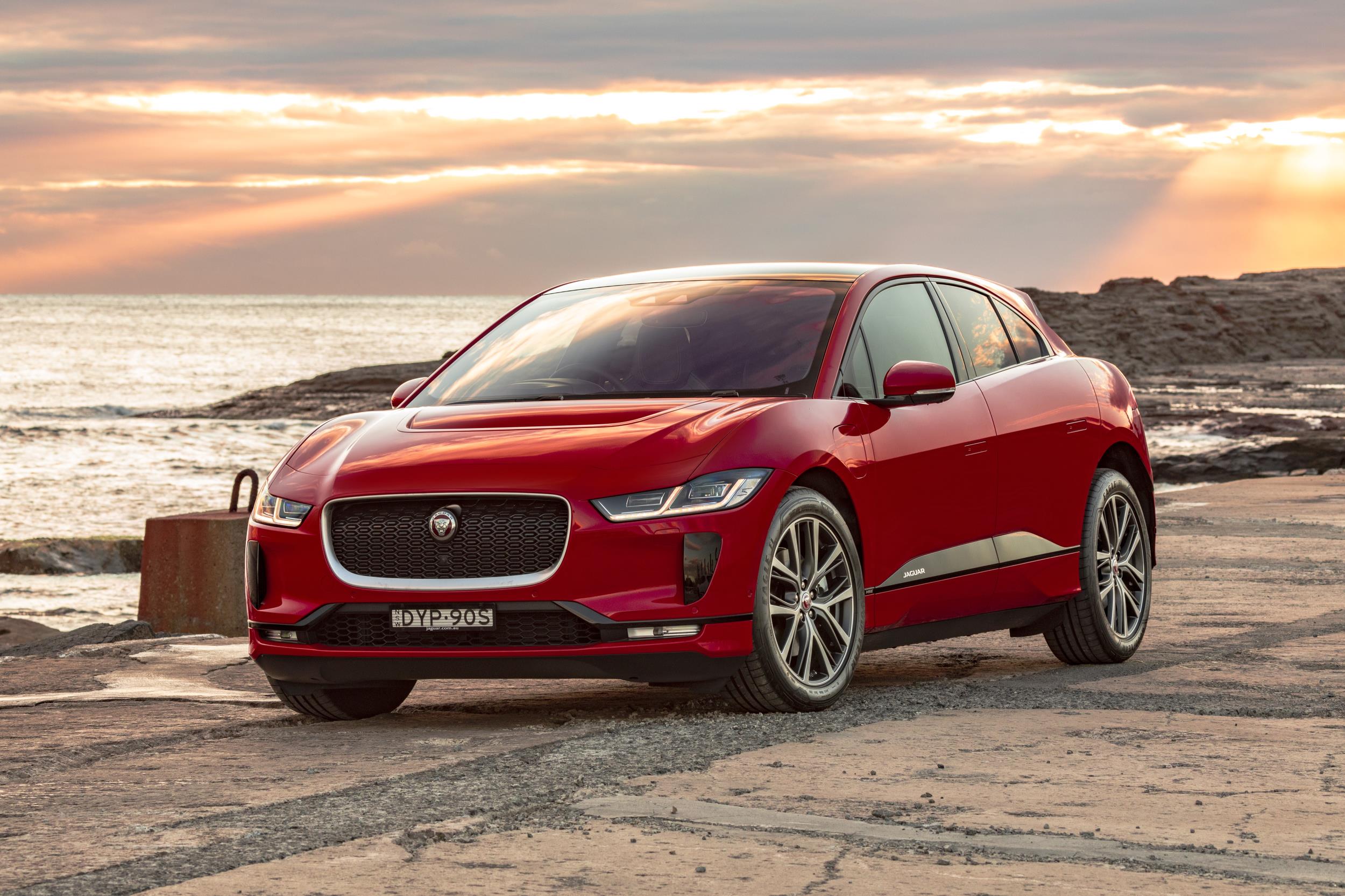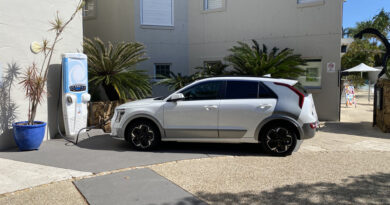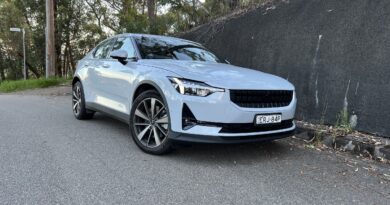2019 Jaguar I-Pace review
When the Jaguar I-Pace was launched in 2018 it was lauded as a Tesla-beater. Good-looking, competitively priced, fast, and fun to drive, the Brit brand’s first-ever EV was a welcome alternative to the larger, American-made Model X with its problem-plagued falcon-wing rear doors.
Since then the EV SUV and crossover space has become more crowded, a trend that will continue. The Mercedes-Benz EQC, launched here in 2019, has been joined by the Audi e-Tron. Tesla is now building the Model Y. BMW is ramping up to mass production of the iX3, and, further out, the replacement for the current Porsche Macan will be an EV.
Still, the I-Pace isn’t yet off the pace. Jaguar has recently refreshed its EV for the 2021 model year, upping some of its key specifications at the same time as attempting to fix some of the shortcomings widely noted in the earlier version.
Less charmingly, Jaguar has also hiked prices…
Value
The I-Pace line-up consists of base-grade $128,650 S, $138,460 SE and top-of-the-tree $152,060 HSE. These prices are $3000 to $6000 higher than the pre-update versions.
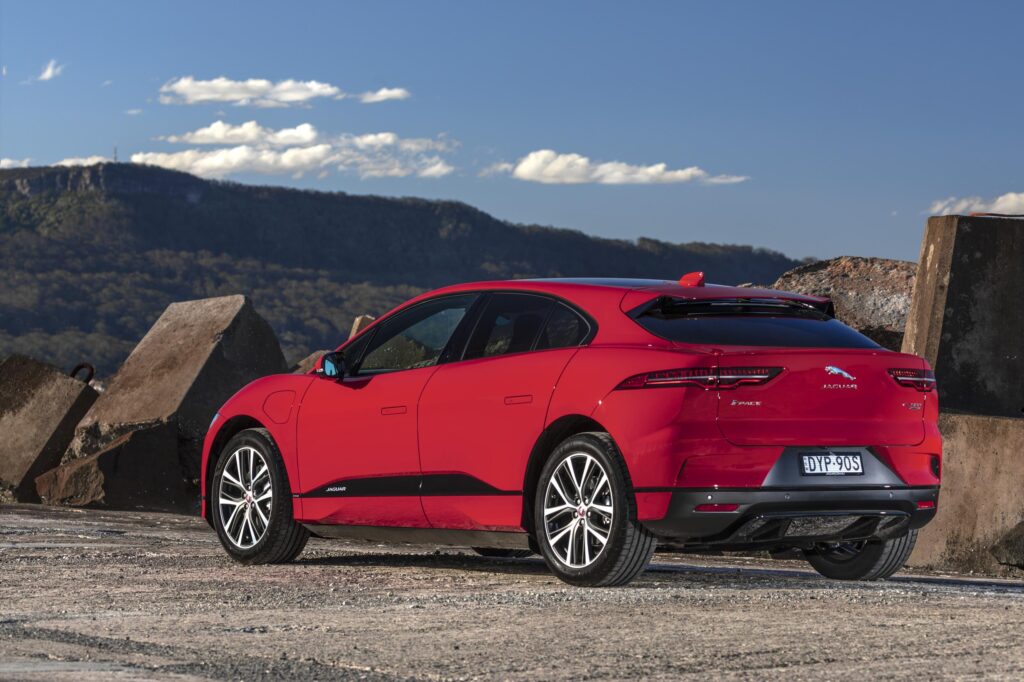
The new I-Pace gains an all-new infotainment system and advanced connectivity tech that enables over-the-air updates of vehicle software. Called Pivi Pro, it’s being gradually rolled out in everything Jaguar Land Rover makes. JLR wants to become an in-car tech leader, and is counting on Pivi Pro to give it an edge.
While we’ve not yet had a chance to try Pivi Pro, it promises a big advance in performance and user-friendliness over the sluggish system installed in earlier I-Paces.


The Jaguar’s uprated on-board AC charger is definitely a good move. I-Pace is now able to handle 11kW, up from the 7.4kW limit set by the previous model’s hardware. One thing to note, though; an 11kW wallbox will need three-phase AC, which will add to the cost of installing one.
There are next to no external changes to the Jaguar, save that the S variant rolls on larger wheels than before.
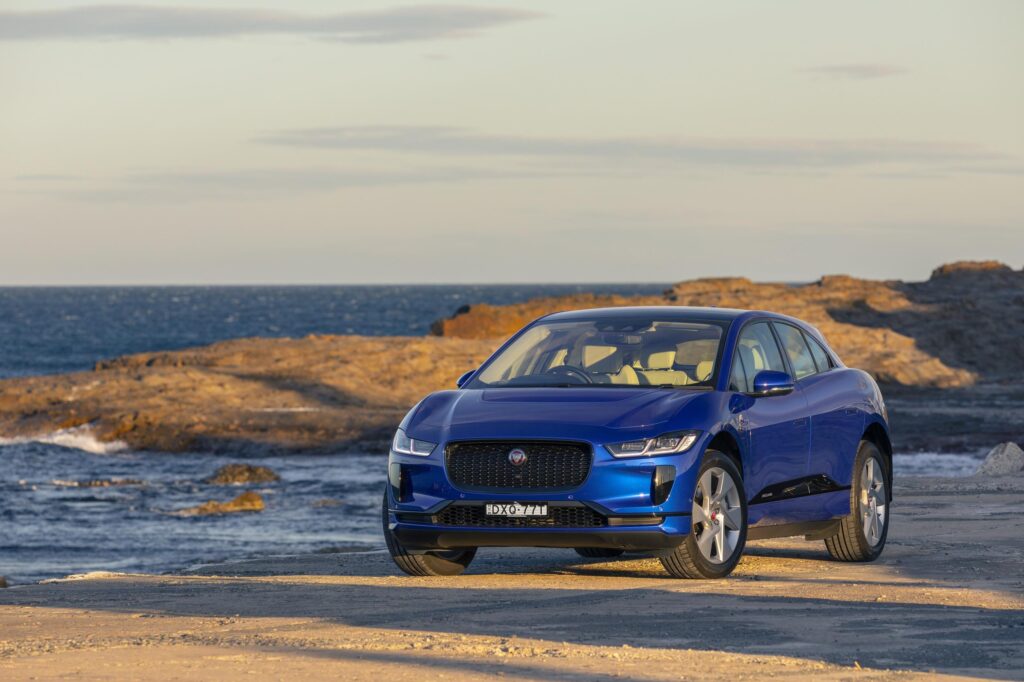
Despite the price rises, the I-Pace undercuts all its current rivals. If you believe value is all about price, the Jaguar is the best in its EV segment.
Design
It’s not only for its pricing that the I-Pace stands out. While current and coming rivals are all made from a more-or-less standard SUV mould, the Jaguar is something different. While the dimensions of the I-Pace apparently meet the official US definition of an SUV – therefore being treated as an SUV from a regulatory standpoint – it doesn’t really look like one.
With its long wheelbase, short front and rear overhangs, and angled tailgate window, the sleek and shapely looks of the I-Pace are more dramatic and dynamic than, say, the Mercedes-Benz EQC or Audi e-Tron.


Inside, the five-seat I-Pace is spacious, one obvious benefit of that long wheelbase. But the rising waistline and tapering roof that make the Jaguar look so good seen side-on do restrict the view from the rear seats.
The cargo compartment isn’t massive, but at a little over 500 litres it is usefully large.
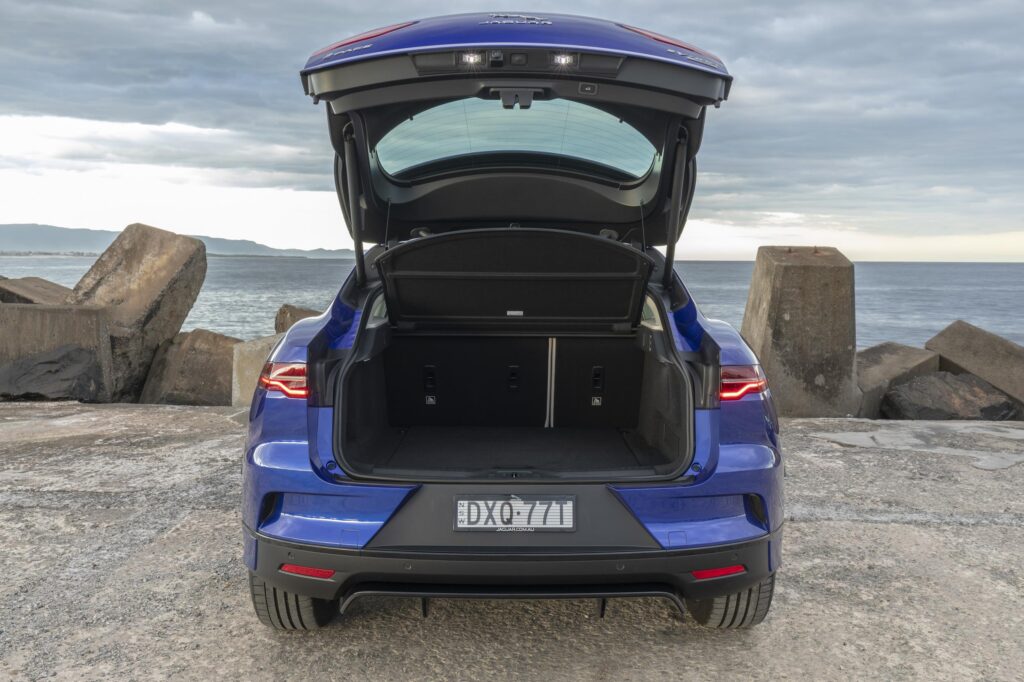
Overall, the interior is well-made (especially compared to any Tesla product), neatly arranged and user-friendly.
Safety
The Jaguar has earned solid five-star safety ratings from the Australian New Car Assessment Program and Euro NCAP.
Delve into the detail and the I-Pace, though older than the EQC or e-Tron, has similar scores in ANCAP’s four safety categories; adult, child and vulnerable road-user protection, plus active safety tech.
And all the active kit is standard across all models. That includes full-speed autonomous emergency braking, blind spot alert, 360-degree cameras, rear cross traffic alert, active cruise control and front and rear parting sensors.
Charging
The I-Pace is able to take advantage of newer DC fast chargers delivering more than 50kW. In optimal conditions, the Jaguar’s battery pack can accept up to 104kW, which means fairly speedy charging during long-distance drives.
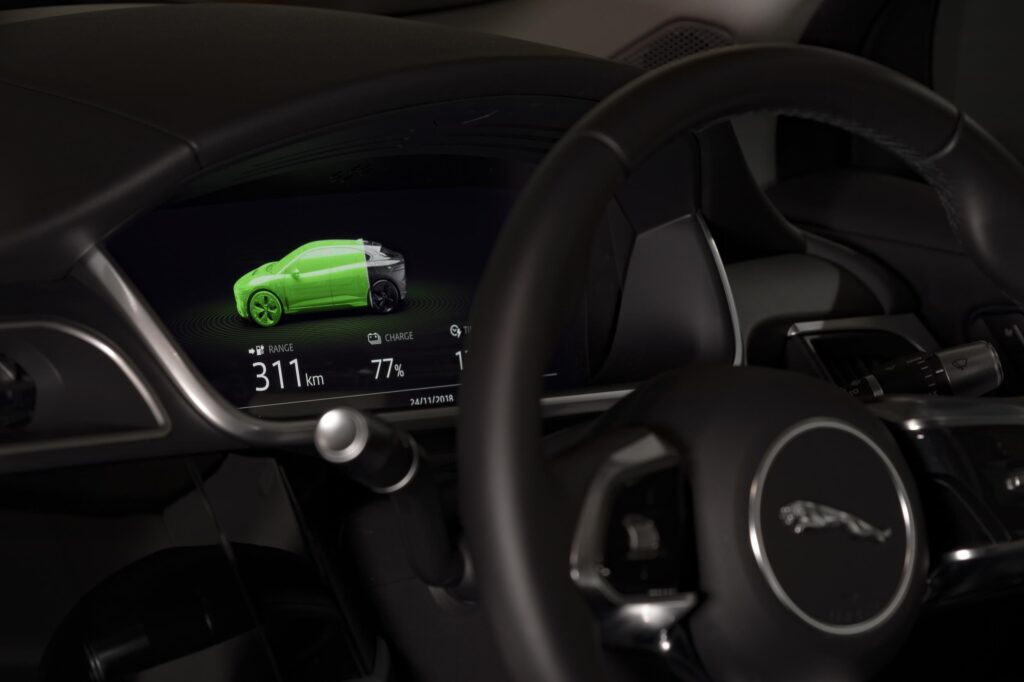
Overnight charging of the updated I-Pace is quicker than before. Its new 11kW on-board AC charger means a 0-100-percent-charged time of around nine hours. Connected to a 7.4kW wallbox, the I-Pace will need more than 13 hours to go from 0-100 percent charged, and a 3.7kW unit will double this time again.
The Jaguar’s charging port is behind a flap near the left-hand front wheel. It’s a CCS Combo 2, which is the standard preferred by European car makers. The same two-in-one port handles both AC and DC charging plugs.
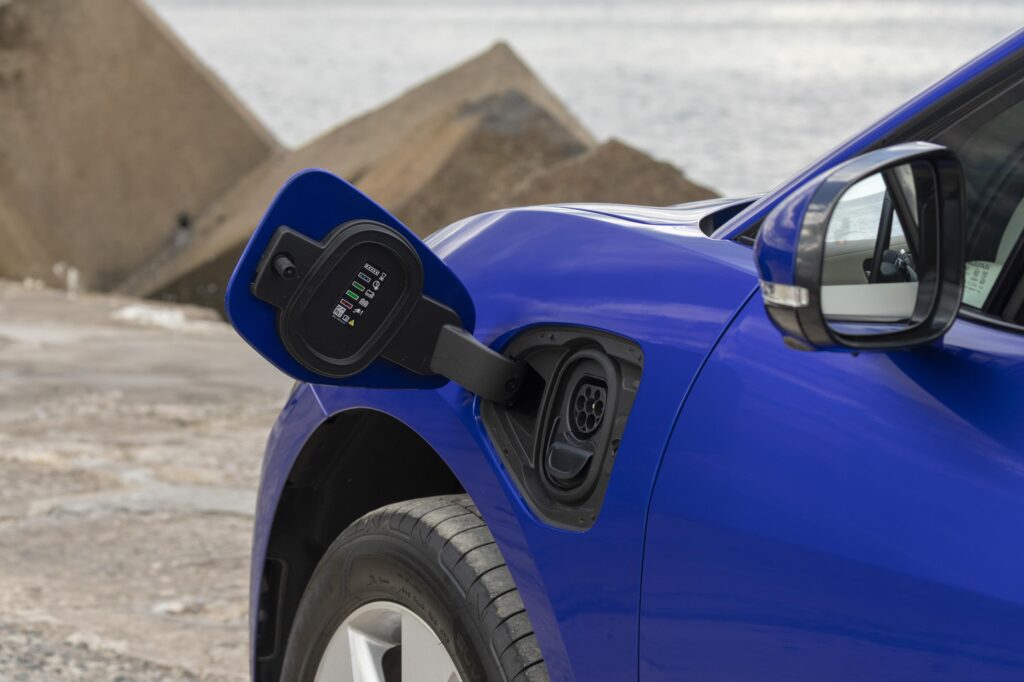
The usable energy capacity of its battery pack is 85kWh (Jaguar brochures will tell you the overall capacity is 90kWh).
The real-world driving range of the I-Pace is around 365km in mixed driving. Highway driving in really cold weather will reduce this significantly, perhaps by as much as 100km. The Jaguar’s official WLTP driving range is 470km, while Australia’s Green Vehicle Guide offers a more pessimistic 446km. These figures might be achieved by efficiency-conscious drivers doing mainly city driving.
During road testing of two early-build I-Paces in Australia in late 2018, it became obvious that there were big differences in the battery pack energy capacities of the pair. One had a much shorter driving range than the other, even though the battery packs fitted in all I-Paces are supposedly identical.
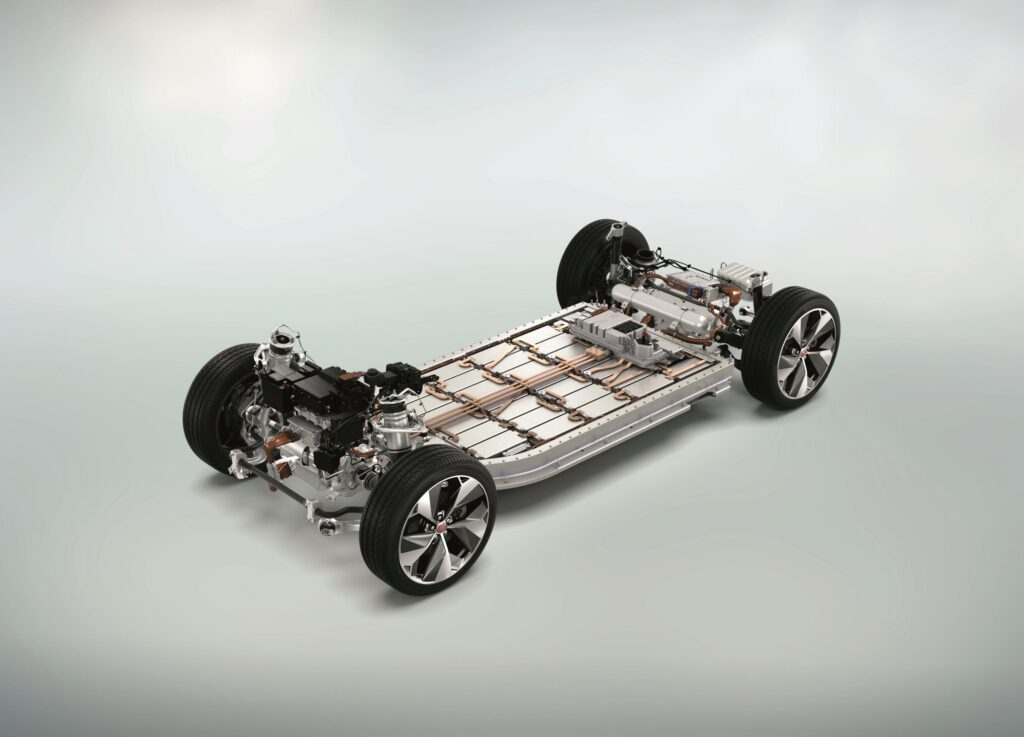
Online I-Pace owner forums in the UK include several cases of battery pack malfunction. And early in 2020 unspecified problems at the LG Chem factory in Poland that makes the Jaguar’s lithium-ion cells caused a temporary production stoppage.
Jaguar Australia later blamed the battery discrepency between our two cars on a software issue.
These aren’t the only reasons to be a little cautious about buying an I-Pace…
In its first iteration, the I-Pace’s predictive range software was far from excellent. Prone to providing misleading estimates of how far it could be driven, it did nothing for driver confidence. Jaguar has updated the software’s algorithms to improve accuracy; we’ll confirm soon how effective these improvements are.
Driving
In line with its looks, the I-Pace is a speedy and sporty drive. The Jaguar’s 4.8-second 0-100km/h time is snappier than both EQC and e-Tron.
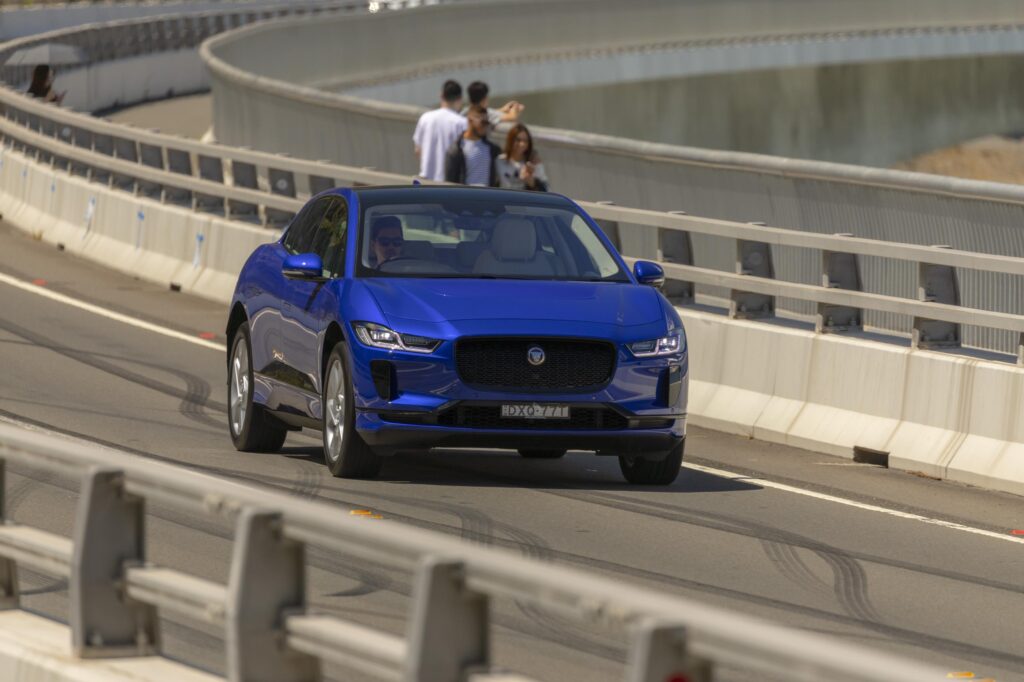
With a motor driving each of its axles, the I-Pace is an e-AWD. Four-wheel traction helps give the Jaguar moderate off-roading capability, as well as making it very quick off the mark on the road. The I-Pace’s motors are identical. Each of them produces the same maximum power and torque, and all three equipment grades have the same motors.
Jaguar engineers collaborated with component specialist American Axle & Manufacturing to develop the very compact synchronous permanent-magnet machines, which are manufactured at an AA&M factory in Poland.
The I-Pace production line is in nearby Austria. Jaguar contracts a specialist company based in Arnie Schwarzenegger’s hometown of Graz to assemble its first-ever EV. Magna Steyr also builds cars for BMW and Mercedes-Benz.
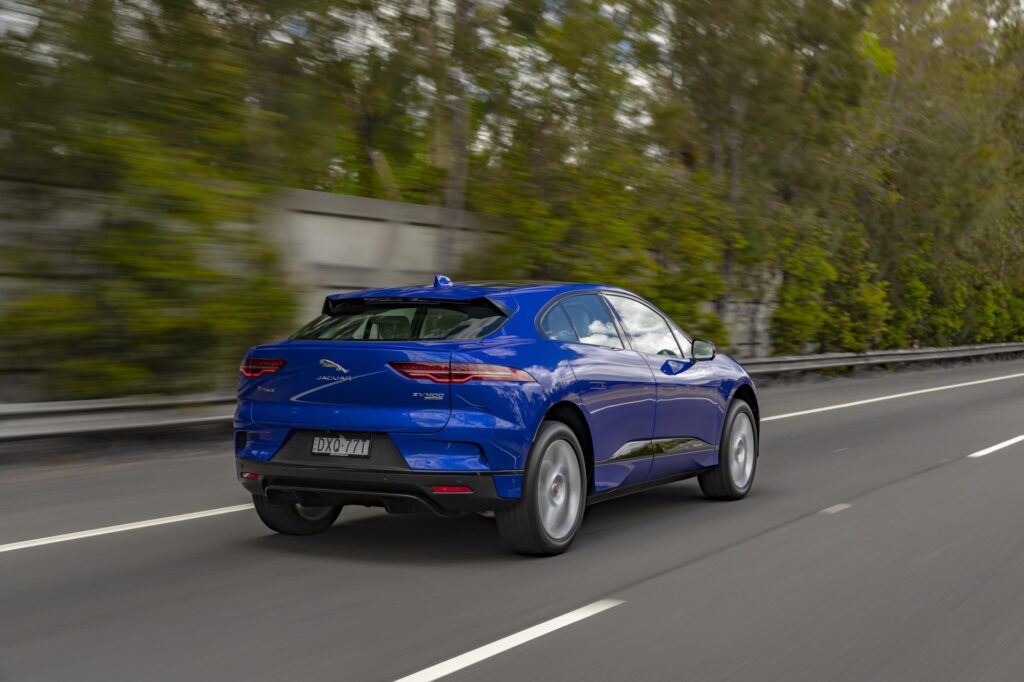
None of this affects the I-Pace’s distinctive driving flavour. Though its weight – over 2200kg – can be sensed, it’s also obvious that most of the mass is close to the ground. The I-Pace steers, stops and corners like a true Jaguar should; it’s precise, quick and satisfying to drive.
Ride comfort is acceptable, and it can easily be made better by choosing the reasonably priced $2000 option of air suspension. This brings a marked improvement, adding some grace to the EV’s pace.
The I-Pace’s performance is outstanding. It has acceleration to rival the Standard and Long Range versions of the Tesla Model X, and will smoke a Mercedes-Benz EQC in a drag race.
Like other high-performance dual-motor EVs, the I-Pace is hyper-responsive to the accelerator pedal. This adds to the fun-to-drive factor. The driver is able to make minor changes to the way the Jaguar feels to drive.
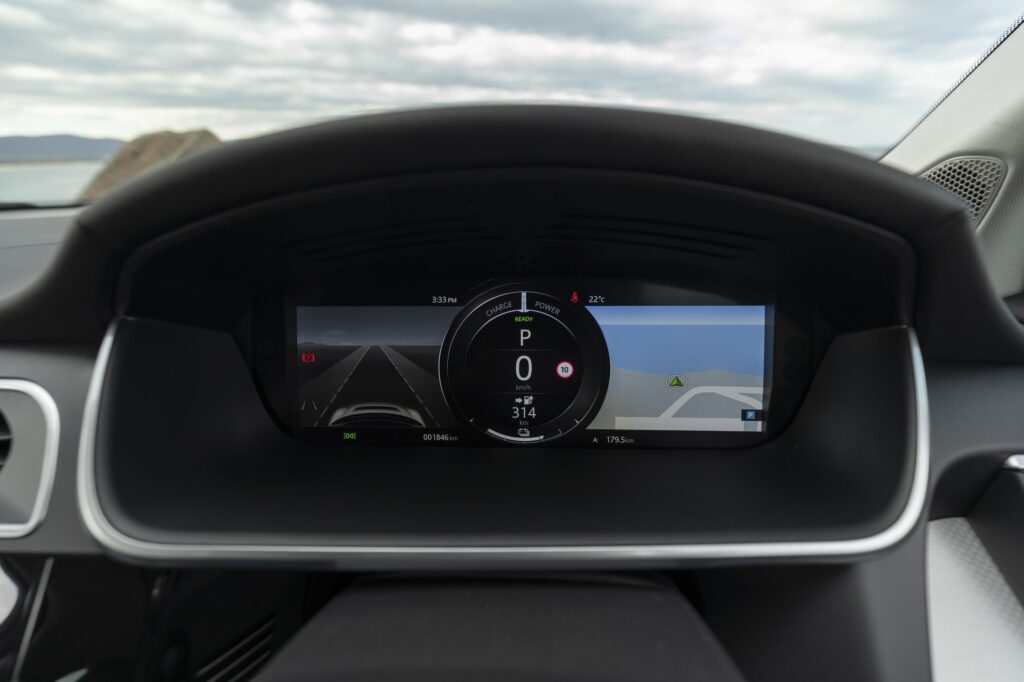
The I-Pace has two levels of regenerative braking. Low is intended to make first-time EV owners feel at home, while High increases regen enough to make one-pedal driving practical.
Jaguar I-Pace party tricks
The driver can also choose to have Creep on or off. When on, this makes the I-Pace inch forward like an ICE with auto, unless the brakes are applied. For one-pedal driving it must be switched off.
Another selectable option is to have Jaguar’s EV soundtrack play inside the cabin, or not. This synthetic tone is something like a sci-fi warp-drive sound effect, rising in pitch as speed increases. It’ll amuse, at least for a while…
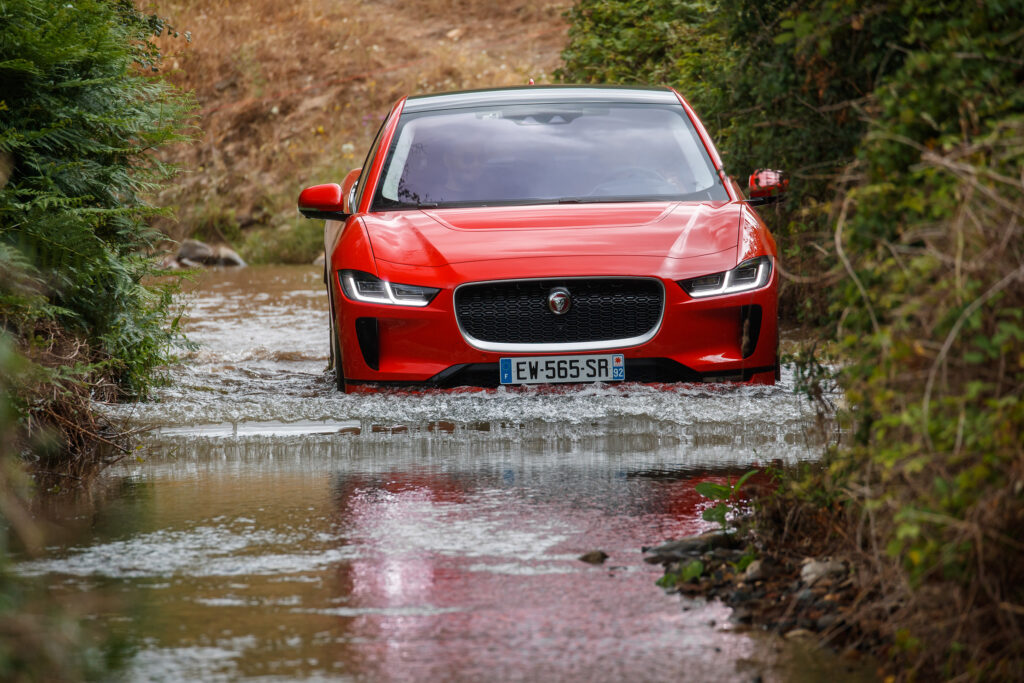
Despite its lack of spare wheel and sleek looks, the I-Pace is designed to tackle some semi-decent off-roading, adopting hints of the DNA of sister brand Land Rover.
With the air suspension you can raise the ride height to two off-road modes. Off-road 1 adds 26mm to the regular 174mm ground clearance, while Off-road 2 (only available up to 50km/h) steps that up to 48mm.
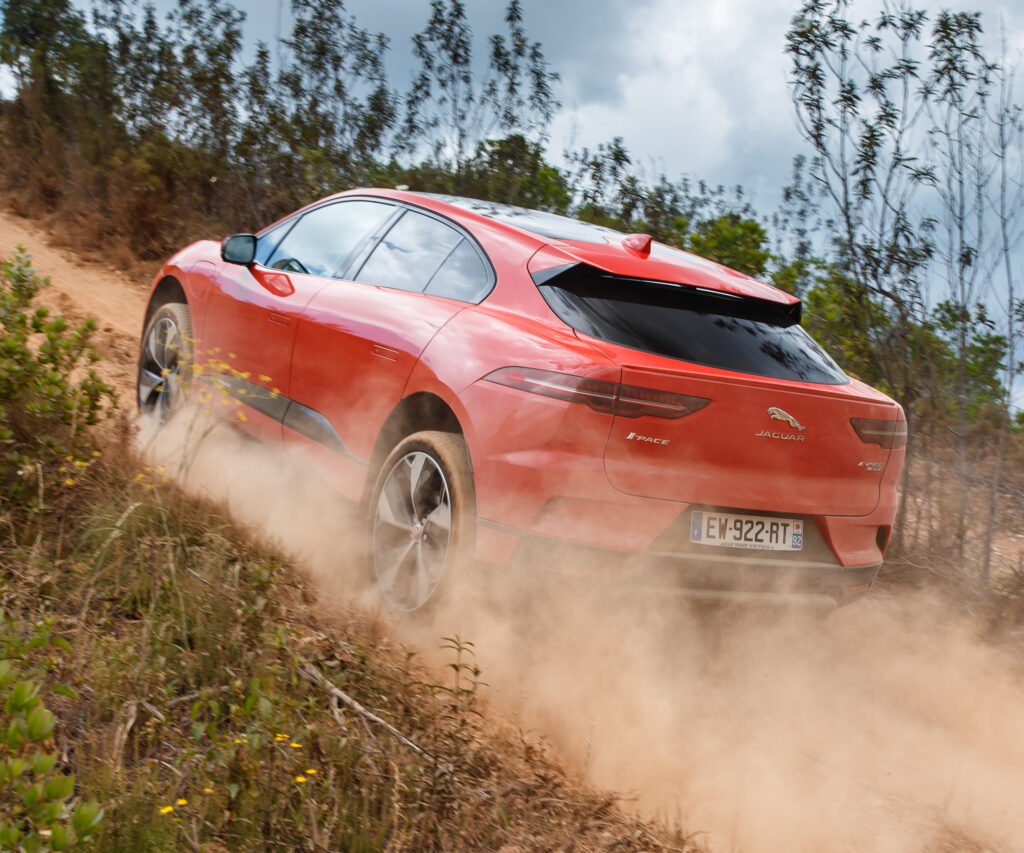
Verdict
With its high fun-factor, stand-apart style and competitive pricing, the Jaguar I-Pace deserves consideration by anyone in the market for a classy and crazy-fast almost-SUV … that happens to also be an EV.
But it’s probably not a smart EV choice for the risk-averse.
2019 Jaguar I-Pace specifications
Price: $128,650 to $152,060, plus on-road costs
Basics: EV, 5 seats, 5 doors, e-AWD crossover
Range: 446km
Battery capacity: 85kWh
Battery warranty: 8 years, 160,000km (guarantee of 70% capacity)
Energy consumption: 23.0kWh/100km
Motors: 1 front 147kW/348Nm and 1 rear 147kW/348Nm
AC charging: 11kW, Type 2 plug
DC charging: 104kW, CCS Combo plug
0-100km/h: 4.8 seconds

